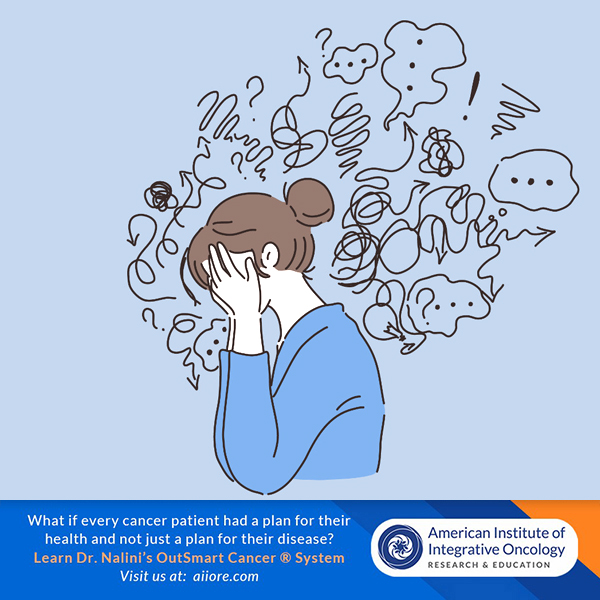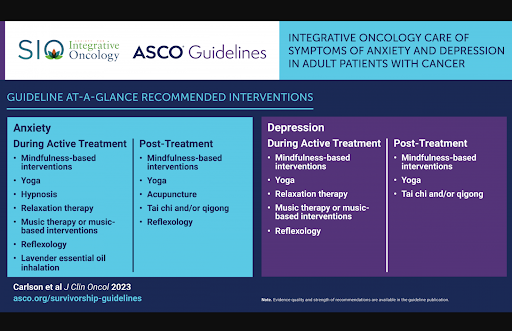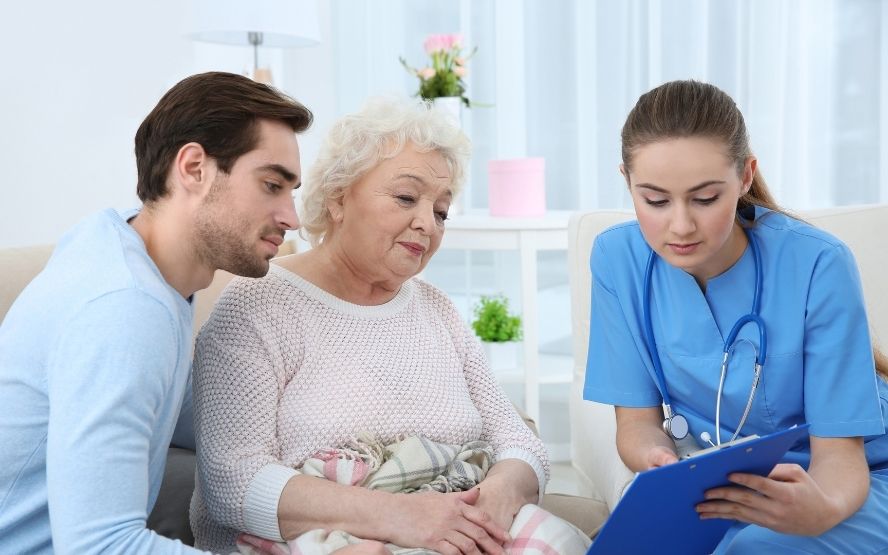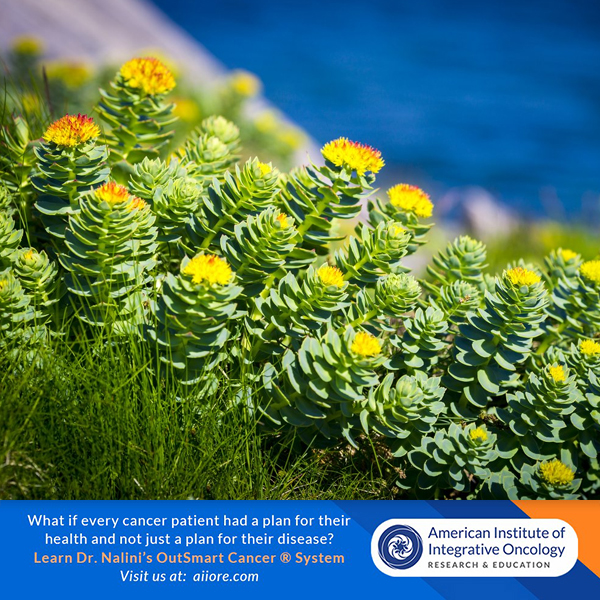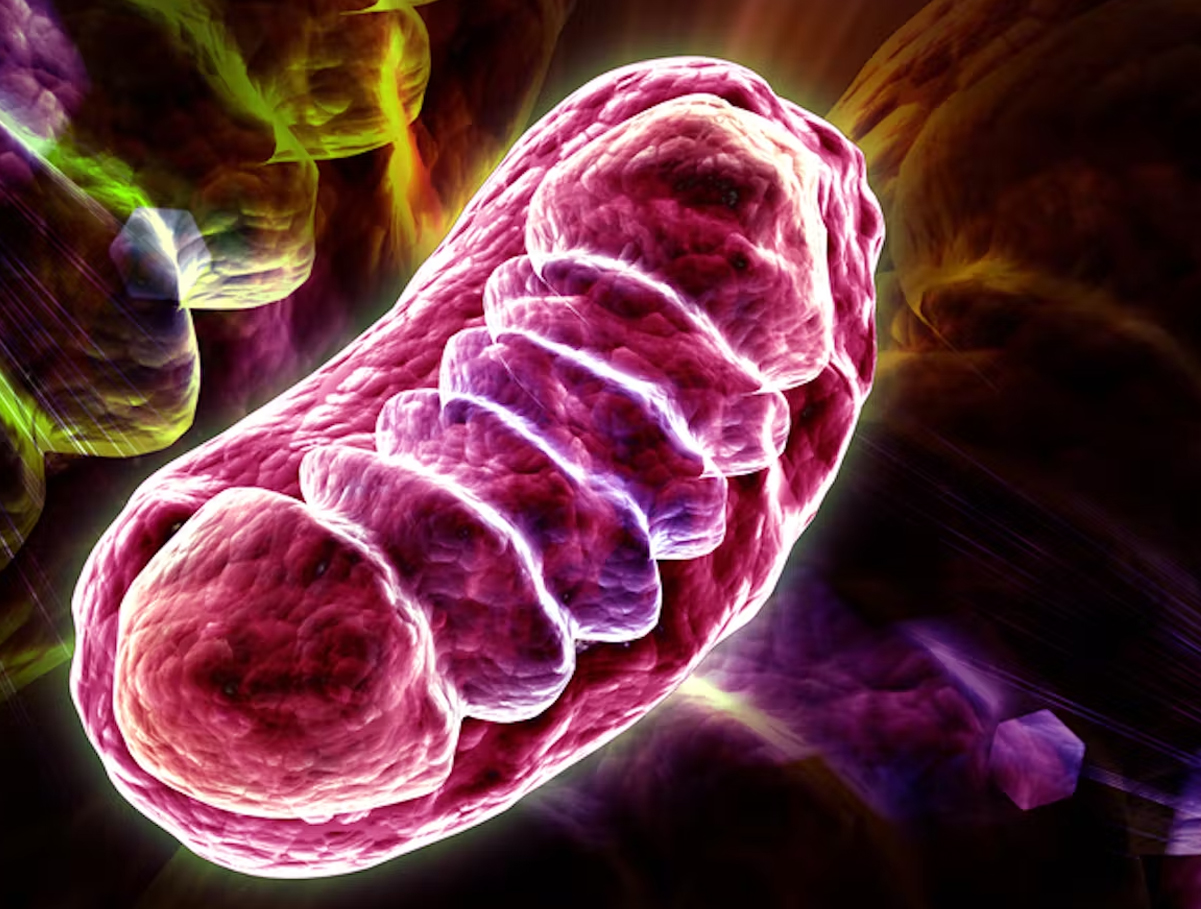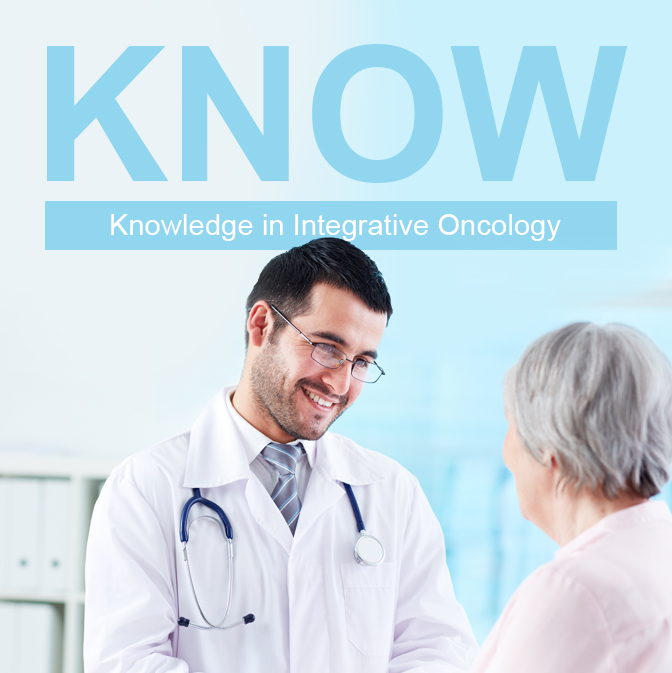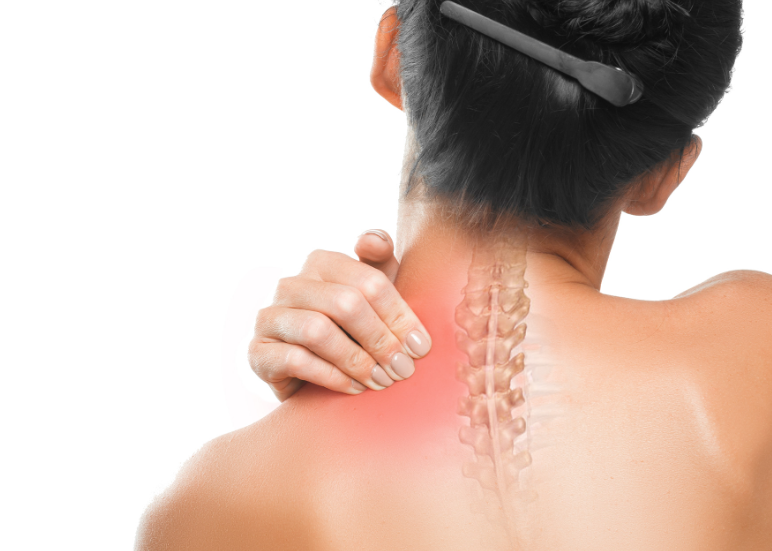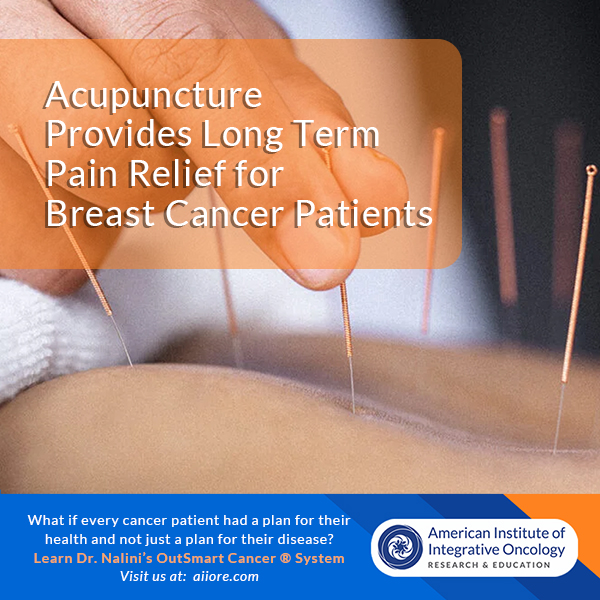Historically women diagnosed with breast cancer have received surgery, chemotherapy, targeted therapy, radiotherapy and if estrogen receptor positive, hormonal therapy as standard of care, all of which come with short term and long-term adverse effects. This approach is now considered to be over-treatment for some patients. All women should receive thorough assessment to determine if they will or will not benefit from radiotherapy, chemotherapy, hormonal therapy and targeted therapies. Individualized care plans must become the norm for all women with breast cancer.
In the era of personalized medicine, there are now assessments such as Oncotype DX**, that can determine if chemotherapy or hormonal therapy would provide the most benefit, or no benefit. As a result, many women who previously would have received chemotherapy, no longer suffer exposure to toxic systemic therapy as part of their treatment plan without compromise to survival.
Another study*** has demonstrated that radiotherapy may be unnecessary for some breast cancer patients who are diagnosed at an early stage. After breast conserving surgery a subset of patients who have received neoadjuvant systemic therapy may be able to forgo adjuvant radiotherapy with no impact on long term survival. This avoids the early and late adverse effects of radiotherapy and contributes to preserving quality of life.
Additionally a recent study* determined that it is feasible and safe to omit axillary lymph node resection surgery in early breast cancer patients who have an excellent response to primary systemic neo-adjuvant therapy. Annemiek Van Hemert, MD, of the Netherlands Cancer Institute in Amsterdam reported that “Breast cancer patients with lymph node positive breast cancer may avoid extensive axillary surgery if they have clear nodes after systemic neoadjuvant chemotherapy.”
She further states, “If we are able to predict the response based on the removal of only one lymph node, it means we can safely avoid extensive removal of the lymph nodes if no living tumor cells are left,” Van Hemert said in a statement. “This will avoid serious complications, such as painful swelling in the arm, known as lymphedema.” This allows effective treatment as well as less harm to patients.
This study was conducted over a period of 8 years from 2014-2021 and is ongoing and there will be more long-term outcomes data in the future.
Patients in this study were both hormone receptor negative and positive. Patients were both her2neu negative and positive. There were triple negative patients in the study as well. Patients who had 3 or more axillary nodes were selected to participate in this study. Node staging was ascertained by PET-CT prior to systemic treatment. The largest node was marked with radioactive iodine. After systemic treatment this node was excised and evaluated for response to treatment.
Patients who achieved a complete lymph node response to neoadjuvant chemotherapy or targeted treatment (47%) received only radiation therapy and no lymph node dissection. Patients with residual lymph node disease (53%) received surgical lymph node dissection followed by radiotherapy.
After 44 months, the group with complete lymph node response after neoadjuvant treatment had a Recurrence Rate of 3.2%, Disease Free Survival rate of 85% and and Overall Survival Rate of 93%. The group with residual disease after neoadjuvant therapy had had similar outcomes of 3.5%. 90% and 82% respectively.
The study concluded that “Surgical removal of axillary nodes can be safely omitted in about 80% of patients treated with primary systemic therapy.”
This is an ongoing study that will continue long-term follow-up.
Dr Fiorita Poulakaki, Head of the Breast surgery Department at Athens Medical Centre Hospital, Greece, and Vice President Europa Donna, the European Breast Cancer Coalition, commented
“When we treat patients for breast cancer, it is important to ensure that treatment itself causes as little harm to the patients as possible. The results from this study suggest a way to help us avoid side effects that affect the quality of life and can sometimes cause considerable long-term distress to patients. Every day we cure patients, making sure they live long lives, but at the same time we should care also about survivorship issues.”
As advocates, guides and counselors for our patients, we can educate our patients to initiate a discussion with her oncology team to practice highly individualized decision making so that the most appropriate care plan is put in place for each patient which considers quality of life, life span as well as health span.
This is fundamental to the OutSmart Cancer® System which includes individualized assessments, consideration of the tumor microenvironment and a whole biosystem approach. Furthermore, the OutSmart Cancer® provides for a HEALTH PLAN, not just a disease plan for each patient at every stage of their cancer journey.
Selected References
*Charles Bankhead, Senior Editor, Study Shows Feasibility, Safety of Omitting Axillary Surgery in Early Breast Cancer. Pathologic CR to guide treatment decisions led to similar
outcomes in node-positive disease MedPage Today March 22, 2024
van Hemert AKE, van Olmen JP, Boersma LJ, et al. De-ESCAlating RadioTherapy in breast cancer patients with pathologic complete response to neoadjuvant systemic therapy: DESCARTES study. Breast Cancer Research and Treatment. 2023 May;199(1):81-89. DOI: 10.1007/s10549-023-06899-y. PMID: 36892723.
**The Oncotype DX Breast Recurrence Score® test https://precisiononcology.exactsciences.com











